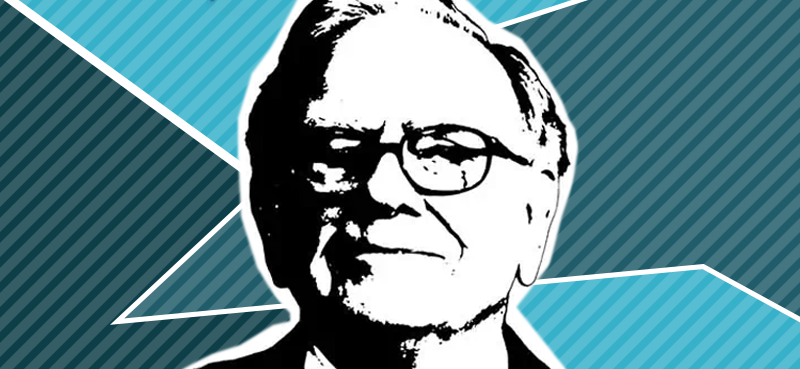Starbucks (SBUX) might be the king of coffee to many diehard java drinkers…
But to investors, it should be viewed as a major cautionary tale.
The stock—once a market darling—has become a poster child for consumer stocks to avoid.
Today, we’ll look at why trouble is brewing for Starbucks… and the four red flags you should look for when evaluating consumer stocks like this one.
1. High P/E ratio
One of Starbucks’ most obvious red flags is its high price-to-earnings (P/E) ratio. The stock trades at a P/E ratio of 25.5x… which is significantly higher than the market average of 21.3x. In other words, Starbucks trades at a 19% premium to the market.
Now, a high P/E ratio isn’t always a warning sign. Remember, the P/E ratio generally reflects investor optimism about a company’s future. And if the company is on a solid growth trajectory, it might well deserve to trade at a premium to the market.
But that’s not the case with Starbucks.
And that brings us to our second red flag…
2. Slowing growth
For years, Starbucks had a clear growth path as it expanded rapidly across highly lucrative markets.
Today, the company has over 38,000 stores in 86 countries.
But the opportunity for expansion is becoming limited… The company has long since tapped into the best, highest-traffic locations, so it’s being forced to expand its footprint into weaker markets that simply can’t drive the same level of growth.
As a result, transaction growth is stagnating. Management expects this critical number to be flat next quarter.
It’s also worth noting that Starbucks’ growth strategy going forward relies heavily on China—but with the country’s current economic struggles, this plan could backfire, leading to disappointing results over the next few years.
And that means one of the company’s only paths toward higher revenue is price hikes—which leads to our next red flag…
3. Worsening customer experience
Starbucks has increased its prices five times over the past four years.
That’s a dangerous move, as customers typically only tolerate higher prices if the experience is outstanding—which hasn’t been the case with Starbucks.
As service falters, customers are experiencing longer wait times and a decline in the overall experience—issues that loyal customers are starting to notice and voice concerns about.
Many customers now feel they’re paying more for a lesser experience.
Wage inflation and operational inefficiencies add to the pressure. High employee turnover means Starbucks must constantly train new staff, which takes a toll on both costs and customer satisfaction.
4. Lack of strong leadership
One of the most important factors of any investment is a strong management team at the helm.
And that’s what Starbucks investors thought they were getting back in August of this year when the company named Brian Niccol as the new CEO—stealing the rockstar CEO from Chipotle.
Shares jumped 25% on the day of the announcement.
Unfortunately, Niccol hasn’t been inspiring confidence since he took over in August.
From discussing the availability of Sharpies to removing specialty drinks, his focus seems misplaced—signaling a lack of innovative vision for turning around the brand.
In fact, the idea of removing specialty drinks will inevitably drive more customers away. When a company eliminates a core product that its customers crave, those customers are likely to defect to competitors—and it becomes increasingly difficult to win them back.
Conclusion
Starbucks might still attract die-hard coffee fans, but it’s increasingly losing its luster as a stock worth betting on. We can learn some important lessons on how to evaluate stocks from Starbucks’ many red flags.
Avoid stocks with high valuations and low growth prospects, like Starbucks. Instead, seek companies with sustainable growth strategies and management teams committed to creating lasting customer value.
And remember: A high-flying brand and a premium valuation don’t necessarily translate to a sound investment.























